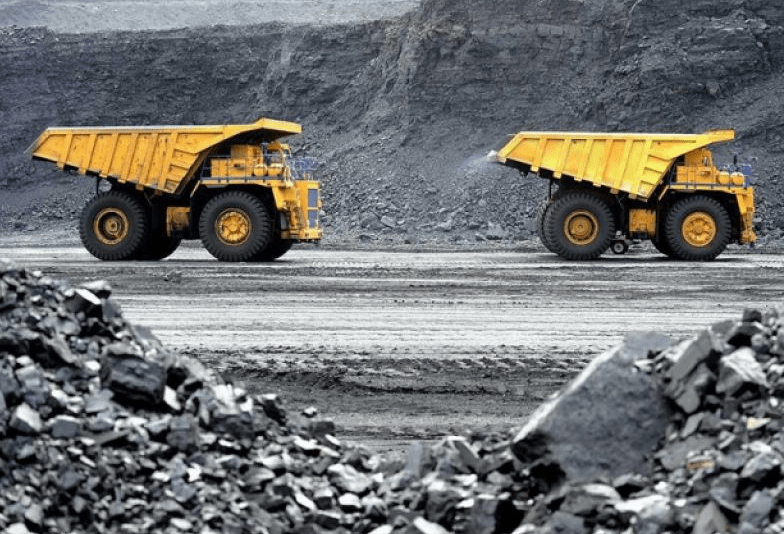Mongolia‘s State Energy Policy (2015-2030) contemplates two phases, with the construction of six coal-fired power plants.
In the first (2015-2023), as planned, energy capacity will double, with the construction of six coal-fired power plants and two hydroelectric power plants.
Highly efficient equipment will also be introduced, the proportion of hydroelectric power is expected to reach at least 10% and the rate structure will be reformed to guarantee the economic viability of the sector, according to a report by the World Trade Organization (WTO).
In the second phase (2024-2030), the reserve for energy security (that is, the maximum potential capacity needed to cope with consumption peaks) will be increased by at least 20%.
At the same time, the share of renewable energy sources in total installed capacity will reach, as planned, 30 percent.
Mongolia aims to have a unified energy system with a smart grid, which will replace the current five systems.
Other objectives are for the distribution system to be fully privatized and for the sector to operate on a competitive market basis.
Coal
In addition, in order to meet the needs of its neighbors, Mongolia plans to start exporting high-voltage electricity, especially through the Shivee-Ovoo coal-fired power plant project, which has a capacity of 5.38 GW.
In Mongolia, exploration and exploitation of coal mines are carried out under the mining regime.
More than 95% of the coal produced in that country was exported to China in 2019.
The main use of non-exported coal and, in particular, lignite is the generation of electricity and heat in cogeneration plants for thermal and electrical energy.
This practice began in the 1960s, and poses significant environmental challenges for Mongolia.
The government has not set detailed targets to reduce dependence on coal.
Both the wholesale and retail trade of coal are open to private investors, including foreign investors.
In general, mining is the predominant sector of the economy.
Composición del comercio de mercancías, por principales Secciones del SA, 2013 y 2019

Since 2014, the production of almost all mining products has increased.
However, the sector was affected by the general drop in demand and the decline in prices caused by the effects of the Covid-19 pandemic.
While coal and copper constitute the main mineral exports, China and the Russian Federation are the main destinations for Mongolia’s mineral exports.
![]()

